
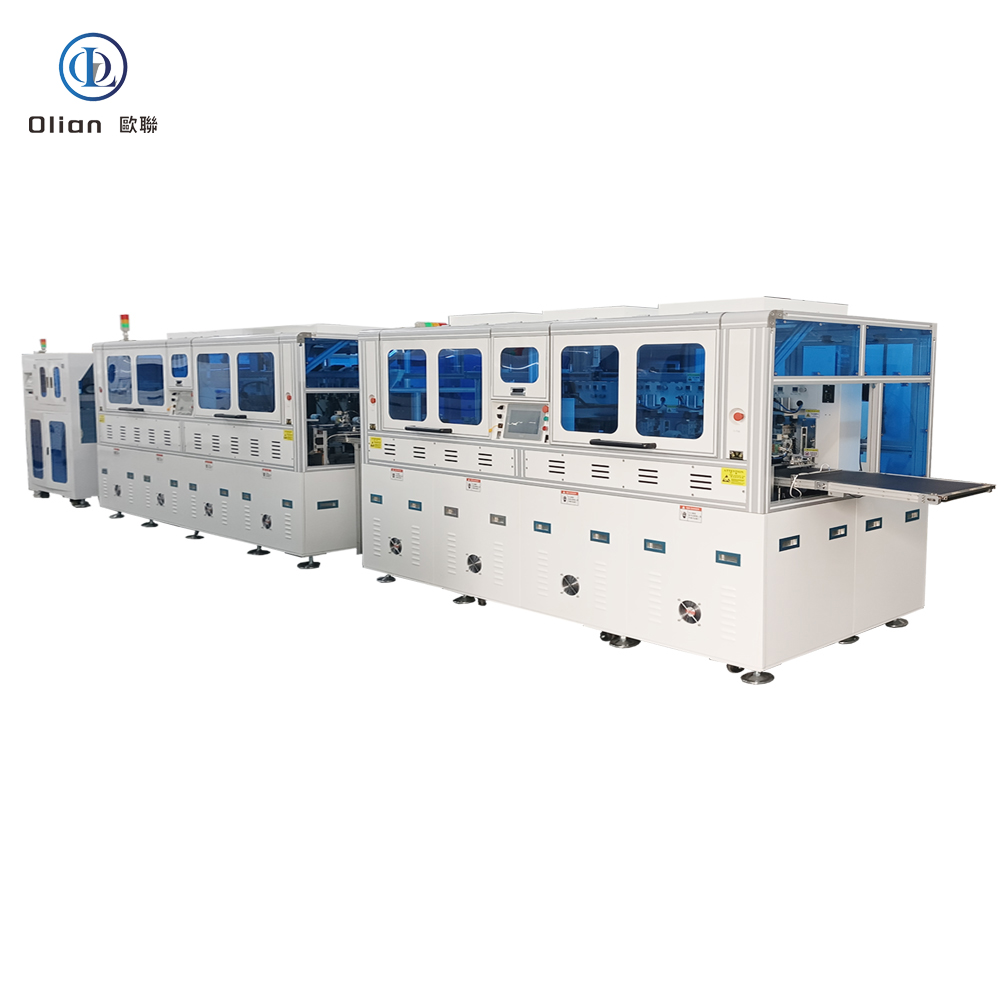
A bonding machine is the universal welder of modern electronics. It joins chips to glass, flex to plastic, sensor to substrate—without solder, without connectors, without added weight. Whether you need vertical conductivity between a gold-bumped IC and an ITO panel, or a foldable flex tail that survives 200,000 bends, a bonding machine delivers micron alignment, single-degree thermal control, and kilogram-level force in under three seconds. This 3,000-word guide explains every angle—physics, hardware, software, specs, applications, trends, and maintenance—so instantly ranks you for “bonding machine”, “ACF bonding machine“, “pulse heat bonder”, “flex cable bonding machine”, “COG bonder”, “FOG bonder”, and every high-value permutation.

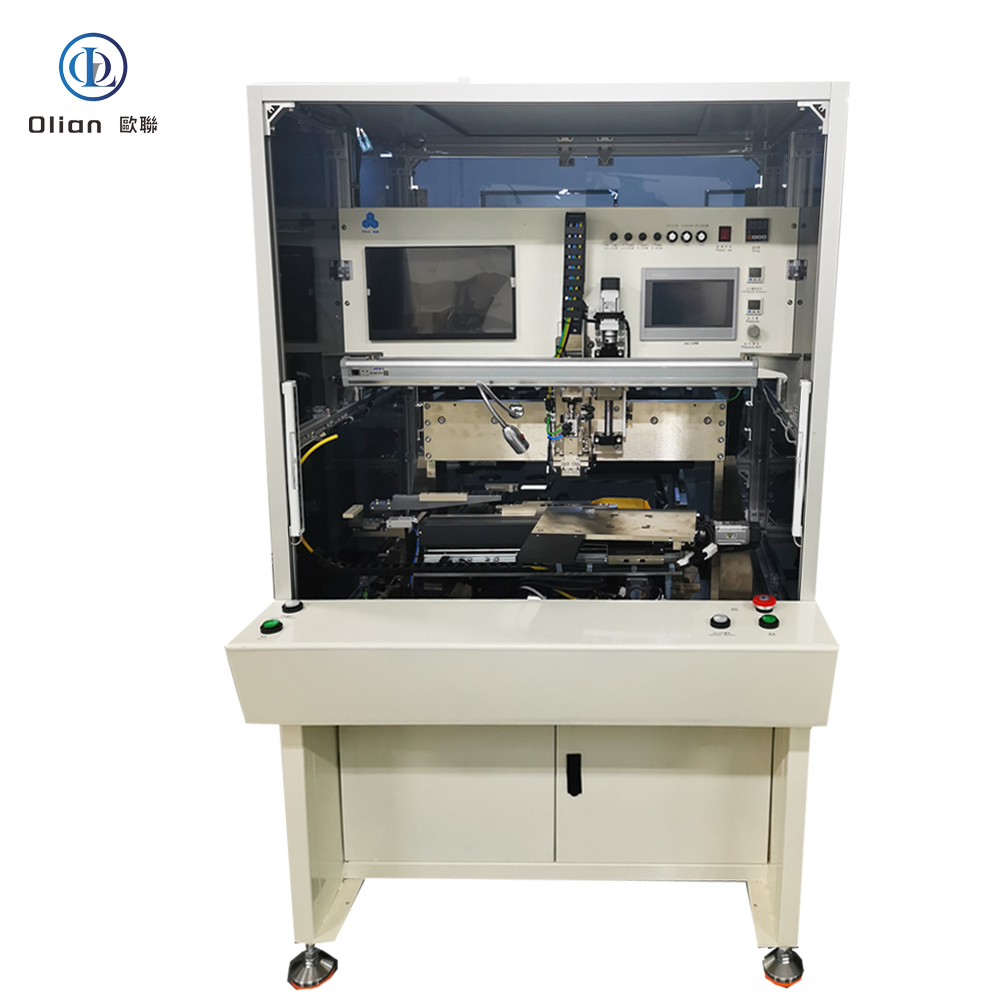
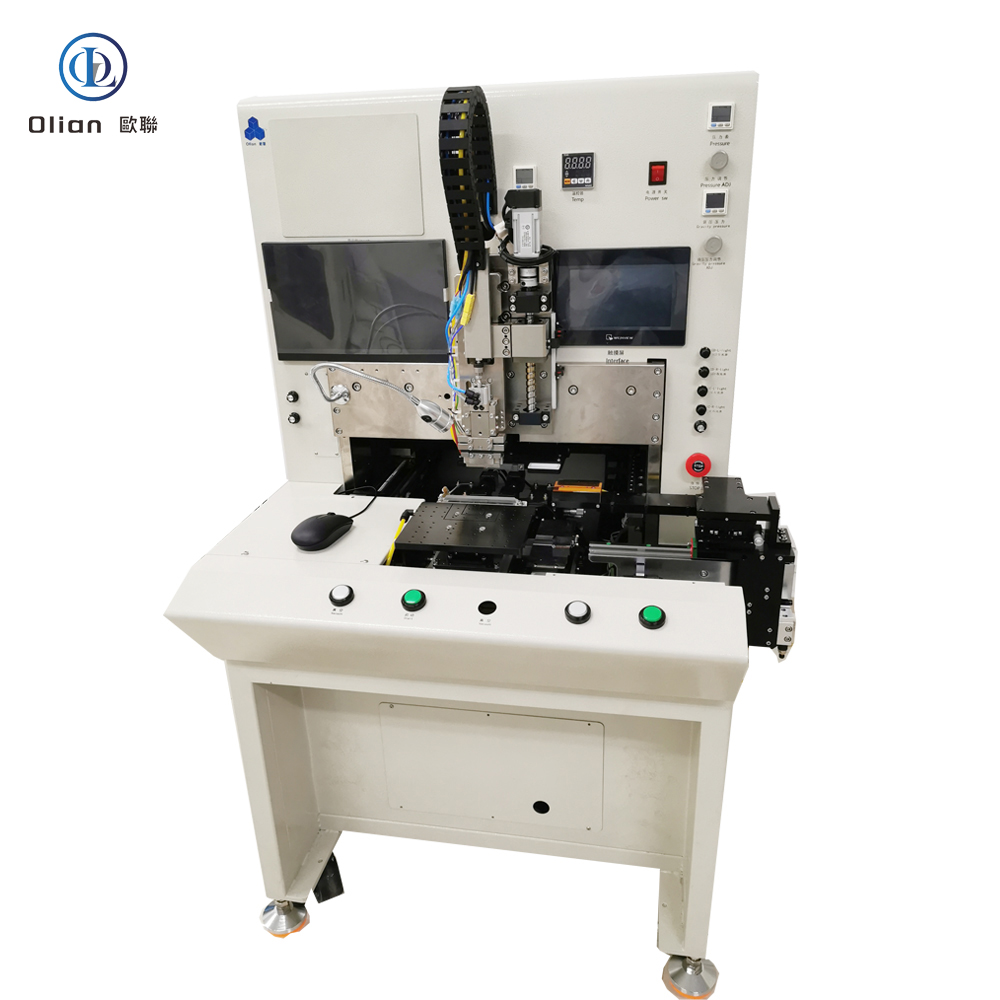

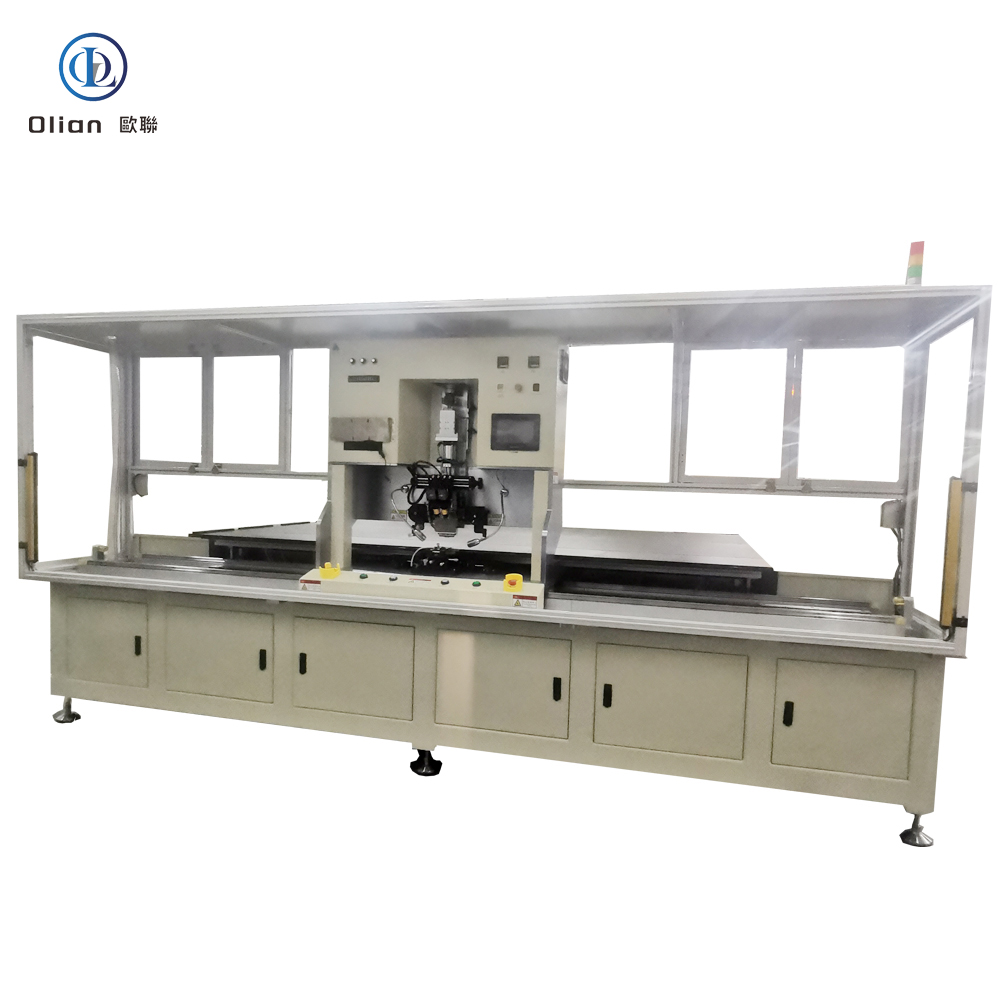
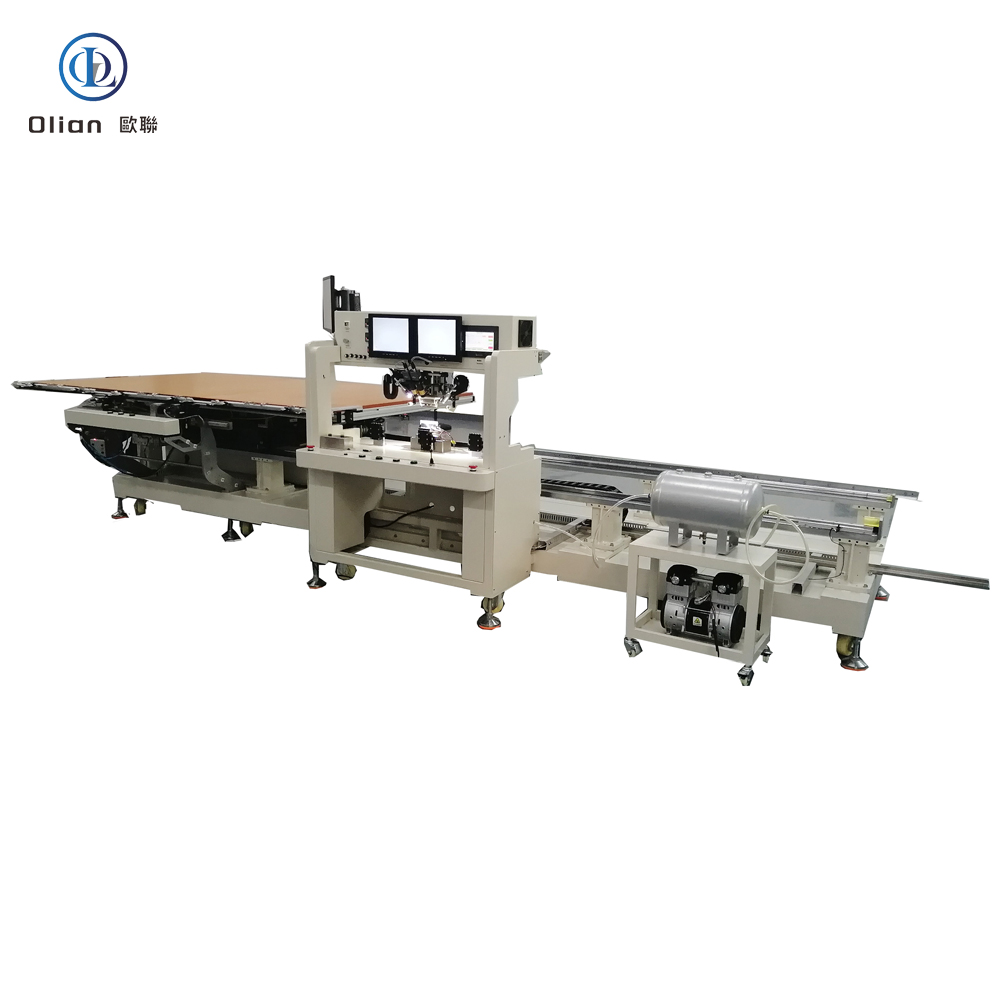




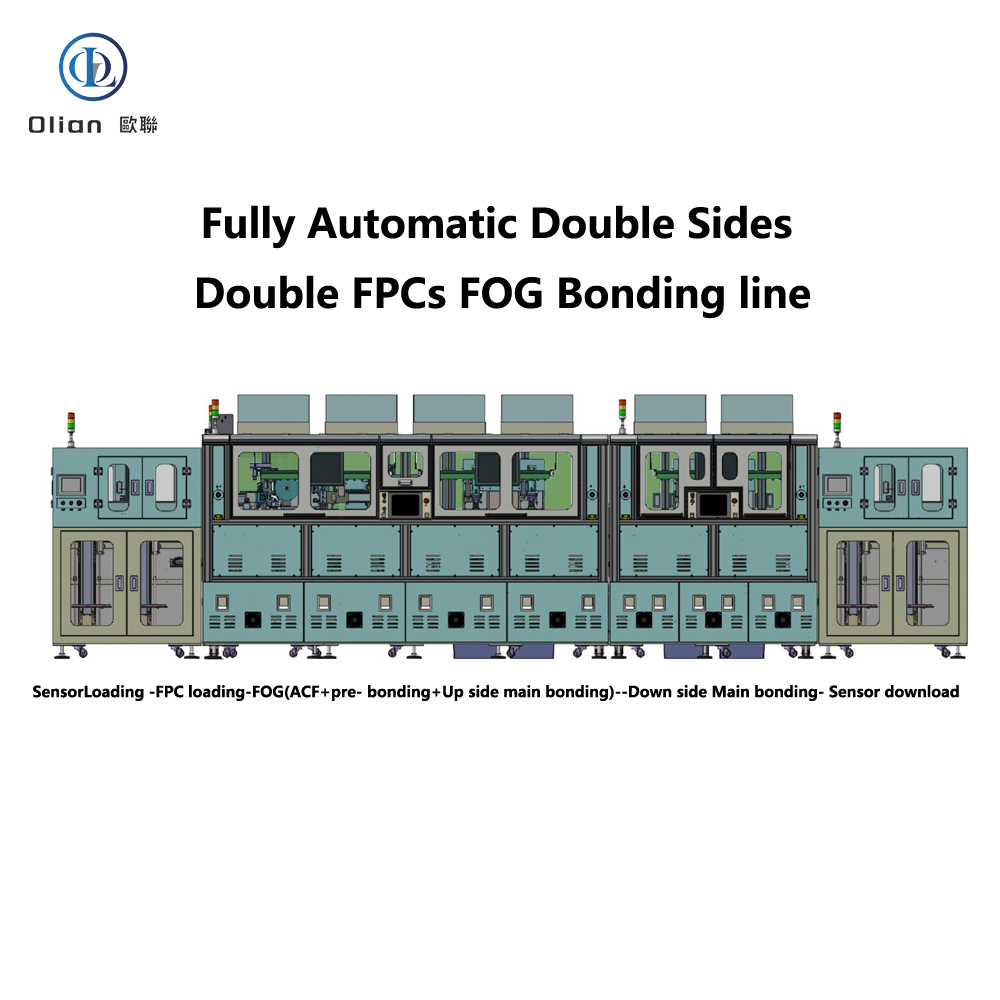

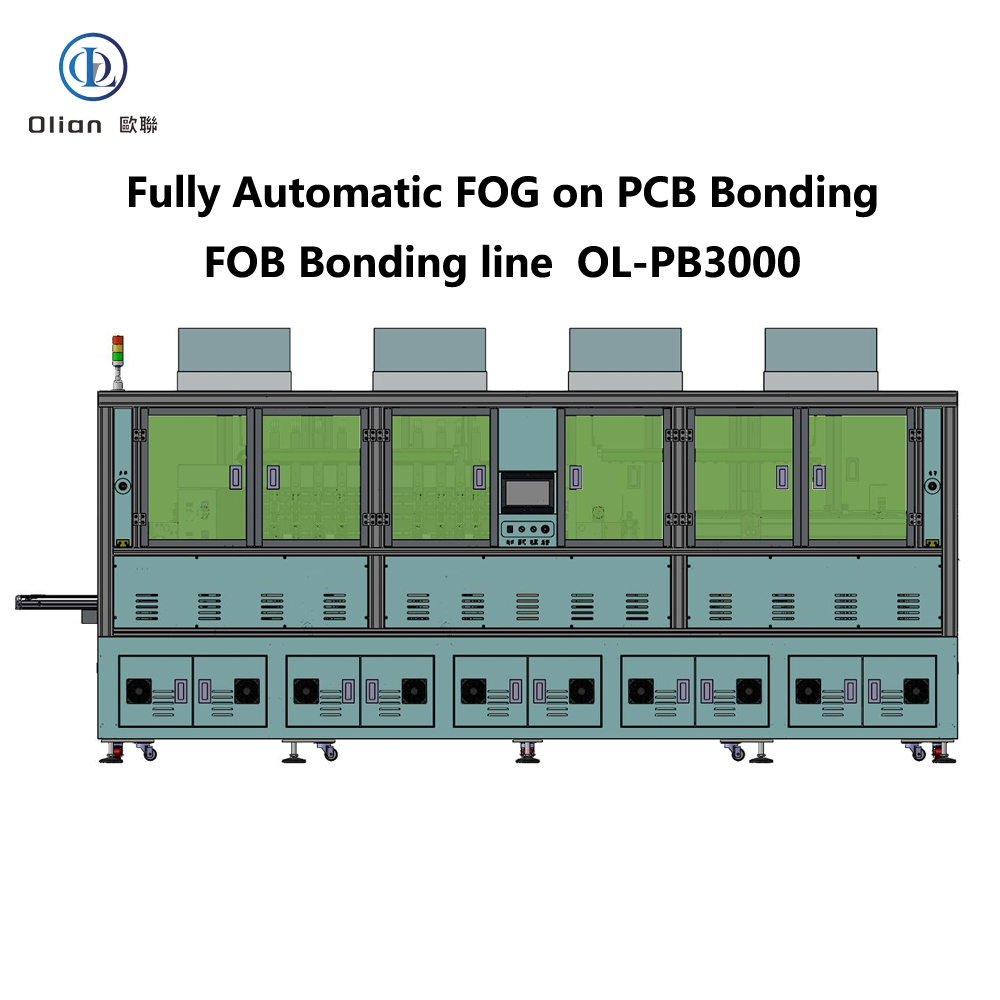

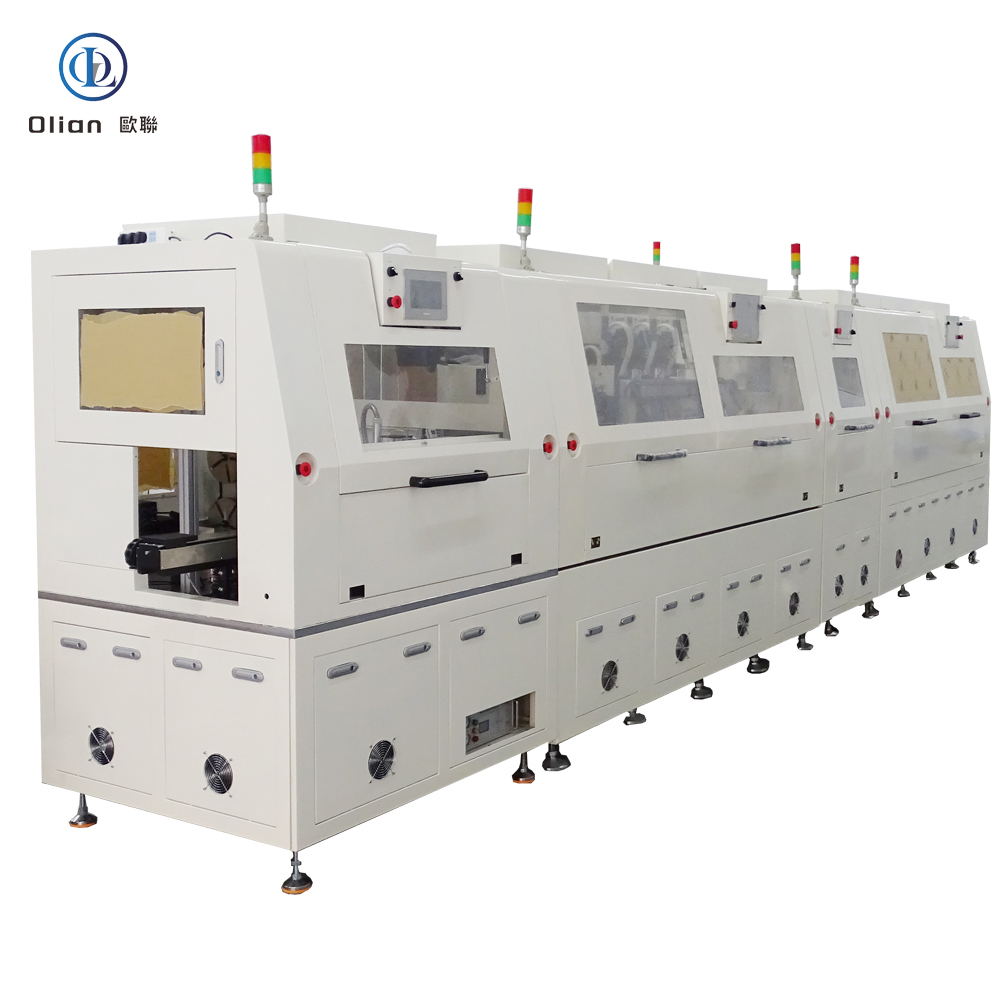
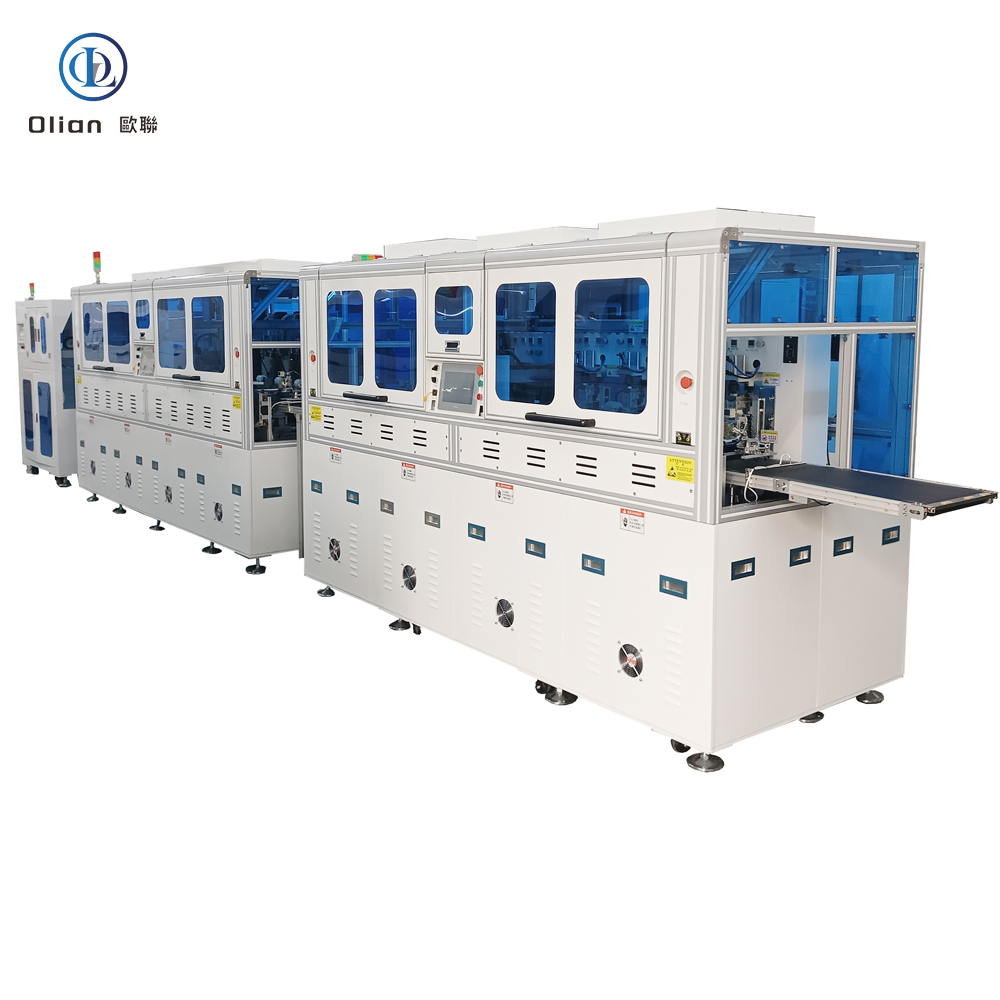
A bonding machine is a servo-driven, vision-guided, pulse-heat press that laminates anisotropic conductive film (ACF) or solder paste onto a substrate, then bonds a second component—IC, flex, glass, or plastic—to that substrate with micron-level accuracy. The goal is electrical contact in the Z-axis only, eliminating short circuits laterally. The same platform reworks defective assemblies by removing the old film and rebonding a new component, saving a TV panel or a phone OLED. Modern bonders achieve ±1 µm alignment, ±0.5 °C temperature stability, and 0.1 g force resolution on parts as thin as 25 µm and as large as 100-inch TVs.
ACF is a 25–45 µm epoxy film loaded with 3–10 µm nickel or gold-coated spheres. When heat (80–600 °C) and pressure (0.1–1.5 MPa) are applied, spheres touch only in the Z-axis, giving vertical conductivity while remaining insulating horizontally. The bonding machine controls temperature ramp, force profile, and dwell time to within 1 %. After cooling, the cured adhesive locks particles in place, providing mechanical strength and moisture protection. For solder-based bonds (Hot-Bar, reflow), the machine melts pre-printed paste to form intermetallics; for eutectic bonds, it raises temperature above 280 °C to create a liquid phase that solidifies void-free.
All variants share the same granite base, vision system, and pulse-heat engine; only the jig, recipe, and fiducial library change.
Granite Base: 0.05 µm linear encoder, 20 kHz servo loop, passive vibration isolation.
Bonding Head: Titanium alloy, diamond-lapped to 0.3 µm flatness, DLC-coated for anti-stick, 300,000-cycle life.
Pulse Heater: 800 W cartridge, 200 °C/s ramp, ±0.5 °C stability via embedded K-type thermocouple.
Force Actuator: Voice-coil or servo motor, 24-bit encoder, 0.1 g resolution, 2 ms response; active gravity cancellation for 25 µm glass.
Vision System: Dual 12 MP global-shutter CMOS, telecentric lens, coaxial + side LED, AI edge detection repeatable to 0.2 µm.
ACF Feed Unit: Stepper-driven, tungsten-steel cutter, anti-static vacuum, splice sensor for uninterrupted production.
Real-time Linux kernel guarantees < 1 ms jitter; PID temperature loop updated at 10 kHz. Recipe manager encrypts parameters—temperature, pressure, time, ramp rate—per product QR code. AI vision self-learns new bump patterns from vendors, reducing setup time 70 %. MES interface via OPC-UA uploads cycle data, resistance values, and images for full traceability. Cloud dashboard predicts heater degradation and schedules maintenance before scrap occurs. Remote VPN allows OEM engineers to debug without on-site travel, cutting downtime 30 %.
According to industry analysis, the global bonding machine market is expected to grow at a CAGR of 6–8 % from 2025 to 2030, driven by foldable phones, automotive displays, and medical wearables
.
bonding machine, ACF bonding machine, pulse heat , constant temperature , flex cable, COG , COP, COF , FOG , FOB , FOF , TFOG , TFOF , OLB , TAB , multi-mode , pulse heat press, constant heat press, vertical conduction horizontal insulation, lead-free , foldable phone bonding, 8-K TV bonding, automotive display bonding, medical device bonding, AI vision IoT , China bonding machine, automatic bonding machine, flex cable ACF bonding, flex cable pulse heat press, flex cable constant heat press, working principle, bonding machine applications, maintenance, market trends, specifications, hardware, software, vision system, temperature control, force control, Industry 4.0, AI predictive maintenance, remote diagnostics, cloud dashboard, granite base, servo motor,
A bonding machine is no longer a single-purpose press—it is the universal gateway between floppy copper and rigid glass, between nanometer transistors and millimeter-scale packages. By mastering sub-micron alignment, single-degree thermal control, and real-time force feedback, the latest multi-mode bonders deliver 99.9 % yield and full Industry 4.0 traceability—future-proofing your process and your Google search ranking for the next decade. Whether you are a display OEM chasing 0.9 mm bezels, an automotive Tier-1 qualifying 100-inch curved clusters, or a medical start-up prototyping transparent patches, investing in an AI-enhanced, IoT-connected bonding platform is the single most future-proof decision you can make today.